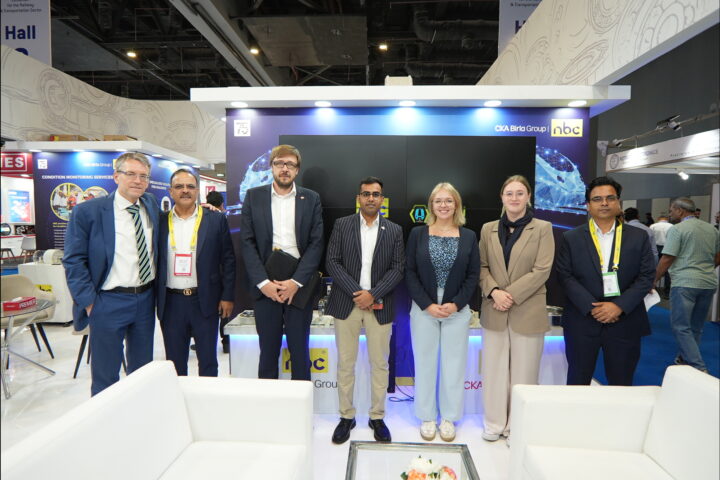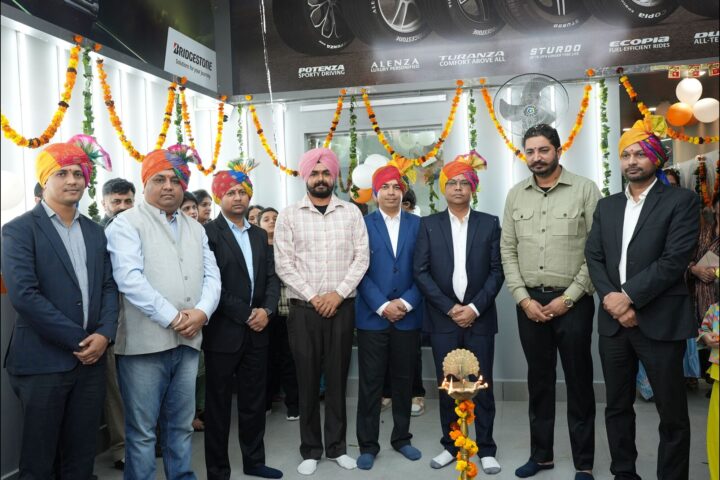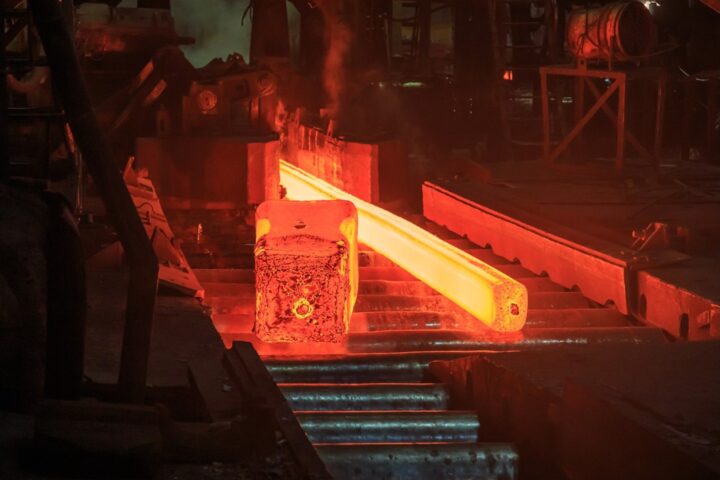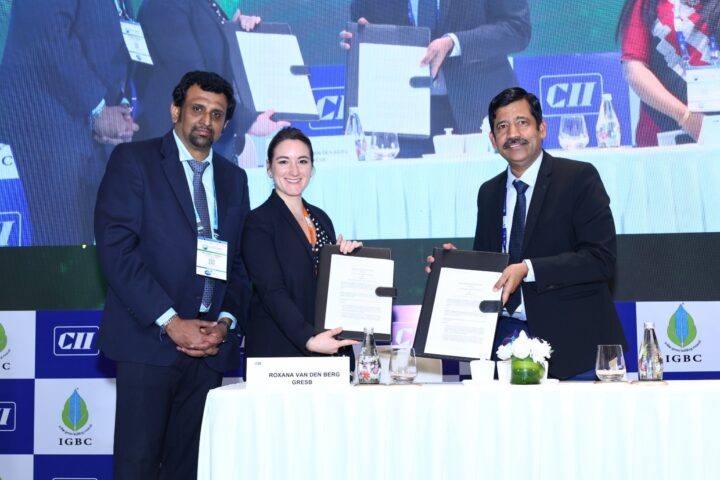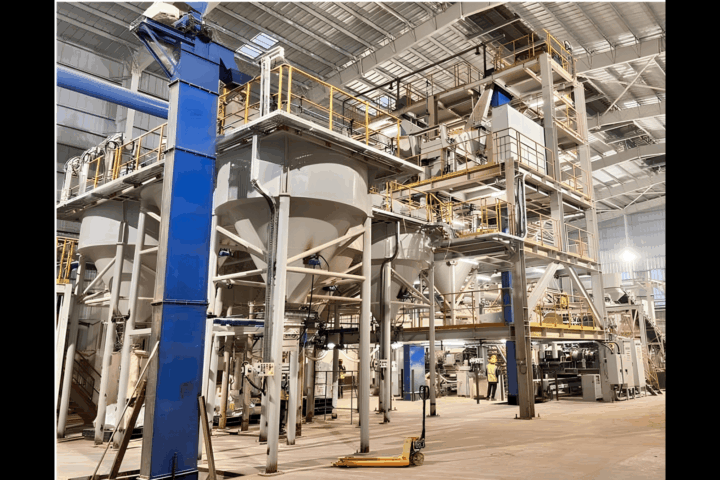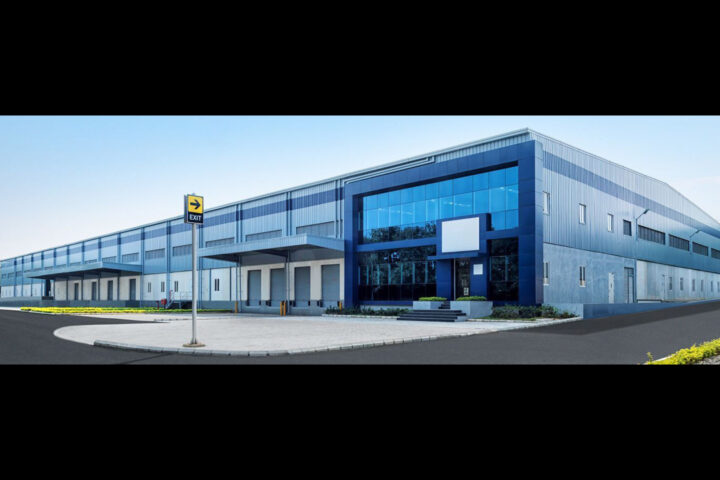How has digital transformation influenced your project planning and execution processes?
We have observed that digital transformation has fundamentally redefined our methodology in managing infrastructure projects, particularly within the urban development sector. By incorporating sophisticated tools such as Building Information Modelling (BIM) and real-time project management platforms, we have significantly augmented our precision in planning and efficiency in execution. Our focus is pivoting towards mechanization, striving to amplify our output that enhances the existing capabilities of our workforce while delivering optimal solutions for our projects. The utilization of digital tools empowers us to construct comprehensive, data-driven project blueprints, thereby fostering enhanced collaboration among teams and stakeholders. This strategic approach has streamlined workflows, minimized errors during the design and construction phases, and facilitated proactive decision-making, ensuring that projects remain aligned with client expectations and timelines. We are effectively transitioning from conventional project delivery methods to a robust digital project delivery framework, heralding an era of efficiency and transparency.
What role do technologies like BIM, AI, and IoT play in your current development projects?
Building Information Modelling (BIM), Artificial Intelligence (AI), and the Internet of Things (IoT) are fundamental cornerstones of our infrastructure endeavours for edifices and industrial facilities. BIM furnishes a sophisticated multi-dimensional digital framework that facilitates meticulous clash detection and optimal resource allocation. Concurrently, AI augments our operational capacity through advanced predictive analytics, significantly refining scheduling and risk management by pre-emptively identifying potential challenges. Moreover, IoT devices provide instantaneous insights into site conditions, equipment performance, and material utilization, thereby enhancing operational efficiency and ensuring comprehensive safety protocols. During our internal symposiums, we created an assimilation of industry best practices, bolstered by external expertise, to further entrench these transformative technologies within our methodologies. This strategic initiative aims to catalyze innovation and promote sustainability throughout our project continuum.
What challenges have you faced in adopting new technologies on your sites, and how have you overcome them?
Embracing innovative technologies on construction sites introduces a myriad of challenges, including the imperative for workforce upskilling, complexities in integration, and the burden of initial capital investment. Many of our site teams, rooted in conventional methodologies, encountered a notable learning curve when navigating fast-paced advancement in technology. To combat these obstacles, we instituted extensive training programs and forged strategic partnerships with technology providers to facilitate hands-on learning experiences. Integration challenges were effectively addressed by adopting interoperable platforms and standardizing processes across various projects. Although apprehensions regarding costs were prevalent, we substantiated our investments by illustrating, cost avoidance and substantial long-term savings through enhanced efficiency and a reduction in rework, rather than focusing purely on ROI. This strategic approach ensured stakeholder endorsement and fostered a seamless transition to modernized practices.
In what ways has digitalisation helped you reduce project delays and cost overruns?
Digitalization has notably augmented our efficiency in executing building and factory projects. Advanced 3D modelling tools facilitate the early detection of design discrepancies, thereby mitigating the risk of costly rework. Machine learning algorithms assist in optimizing scheduling and resource allocation, while real-time IoT monitoring enables us to track the flow of equipment and materials, helping to avert potential disruptions. Furthermore, cloud-based project management platforms, which enable our digital core, promote seamless coordination among project teams. These technologies have collectively contributed to a reduction in delays and cost overruns, enhancing our ability to deliver projects in a timely and budget-conscious manner.







